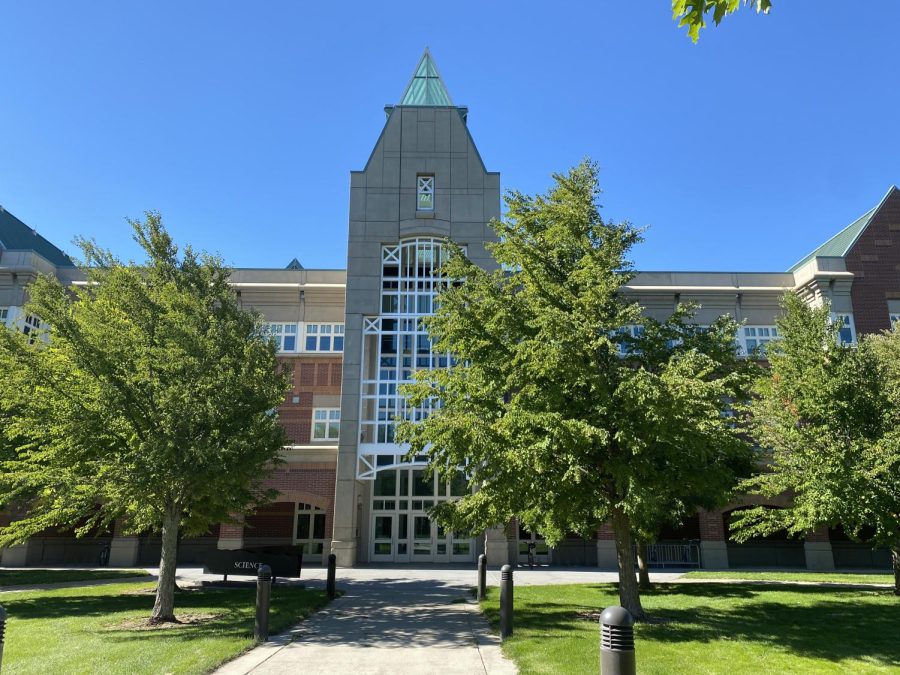CWU STEM Program receives National Science Foundation grant to help teachers
Science building on a sunny day.
September 28, 2022
CWU’s Teach STEM program received a Noyce Track 3 grant and started working on it in August. This grant is a $1.5 million grant from the National Science Foundation (NSF) to help STEM teachers around Washington.
The Robert Noyce program which is part of NSF has different tracks. Track three is for helping fund Master Teacher Fellows within their fields.
According to nsf.gov Master Teacher Fellows are defined as “1) have already received teacher certification or licensure, (2) possess a master’s or bachelor’s degree in education or a STEM discipline, and (3) participate in a program for developing teacher leaders.”
Brent Hancock, project director and principal investigator, said, “We’re going to provide opportunities for fellowships where they’ll be financially supported and teachers can take on that leadership role and really improve the state of STEM education throughout all of Washington state.”
According to Brent Hancock, they will spread this grant out over the next six years.
“We will have two cohorts of teachers,” Brent Hancock said. “The first one would be in years, one through five of the grants and then, the second cohort would be taking part in activities in years two through six.”
The two cohorts will each have eight teachers and will be split into teachers that already have their master’s degree in a STEM or education field, or teachers currently in a master’s program and planning to finish within the next year.
Allyson Rogan-Klyve, a co-principal investigator, said the grant provides support for STEM teachers mainly at the middle and high school levels.
“People that are going to become leaders in their district work with us as a network to implement some STEM innovations in their districts to reach more students,” Rogan-Klyve said. “Particularly students from underserved and underrepresented backgrounds.”
To receive this grant, teachers have to meet the National Science Foundation eligibility requirements and then go through the application process with CWU.
“Teachers tell us why they want to join the program and what types of innovations [they] are thinking about doing in their district, and they have to demonstrate also support from the principal and their district,” Rogan-Klyve said.
Another important part of this grant is research and trying to understand the impact of what CWU is doing.
Emilie Hancock, a co-principle investigator, said, “The folks who work with us as master teacher fellows, we’re interested in how they develop as leaders. We’re also interested in the potential change that might happen in student learning and teaching as a result of these STEM leaders going out into the field and leading change efforts at their own schools or districts.”
This grant it is “bottom-up work” instead of “top-down work,” according to Emilie Hancock.
“A lot of times when we talk about change in STEM teaching, historically, it’s been top-down efforts where folks who get grant money, university faculty come in and tell teachers what to do,” Emilie Hancock said. “Instead of really listening to the teachers in the field and listening carefully to their needs.”
Emilie Hancock said the intent of this grant is to instead let teachers be at the center of the decision-making process.


